The Pitch: It’s not that young lawyer Thomas (Nicholas Hoult) wants to trek out to the middle-of-nowhere Transylvania to get the signature of mysterious Count Orlok (Bill Skarsgård) on a land deal. But in 1838, this is what career advancement looks like, and with the hopes that he’ll be able to better provide for his new bride Ellen (Lily-Rose Depp), he sets out on horseback, undeterred by the local Romani warnings of nosferatu.
At Count Orlok’s castle, Thomas discovers mind-altering horrors, while back home Ellen becomes consumed with visions of the malevolent spirit who’s haunted her for years. Will Thomas make it back to his beloved — and can his beloved be saved from Count Orlok’s influence?
102 Years of Vampires on Screen: Robert Eggers’ Nosferatu is officially based on F. W. Murnau’s 1922 film adaptation of Bram Stoker’s classic novel Dracula (its character names are drawn directly from Murnau’s script). And it’s an understatement to note that the classic story of Dracula, by whatever name you might call him, has been told before on screen: Search IMDB for titles containing “Dracula,” and there are 2,609 results, while “Nosferatu” pulls up 250 projects.
Even ignoring those numbers, there’s no denying that it’s a narrative deeply embedded in our culture to this day — making Eggers’ choice of passion project a very high-stakes one, as it comes with the pressure of saying something unique and interesting with this narrative. Eggers is never anything less than a fully committed filmmaker, in ways that clearly inspire his collaborators to do their best work. Unfortunately, while his new movie features beautiful production elements on every level, and the cast proves fully committed to their roles, too much of Nosferatu ends up feeling rote.
At this point, Stoker’s original tale has been so throughly explored that full feature films have been made about just one subplot (spoiler alert for 2023’s The Last Voyage of the Demeter). There are a few minor twists on the material — if nothing else, Max Schreck’s Count Orlok didn’t hang dong the way Bill Skarsgård’s does — but areas where a modern touch would make a lot of sense, such as the patriarchal treatment of its female characters, or the impact of plague terrors on a small community, go unexplored. And all the major plot beats are the familiar ones, leading to a narrative with almost zero suspense to it.
Blood Is Life! However, even in its most grotesque moments, Nosferatu is beautiful to look at. Shot largely in Prague, the period setting and details enhance cinematographer Jarin Blaschke’s mastery of color palettes, creating a largely muted tone throughout, almost on the verge of teetering into black and white, that comes alive when fire enters the frame. (It’s some of the best-shot fire you’ve ever seen on screen, and that’s good news, because there sure is a lot of it.)

Nosferatu (Focus Features)
The primary thing enhanced by this adaptation is a heightened sensuality, primarily between Ellen and Count Orlok, whose psychic bond ends up being the primary narrative driver. A modern take like this would be a natural opportunity to give the character of Ellen a little extra development, but she unfortunately exists largely as an object of desire, with limited agency throughout. Depp gives a remarkably physical performance, lending Ellen’s torment a supernatural edge with nothing more than an akimbo arrangement of limbs. But when she does get a grasp at some real agency, it’s in service to a brutal climax.
Nicholas Hoult takes a break from his steady stream of monstrous characters (including a War Boy, a Beast, a literal zombie, and literal Renfield in the movie Renfield) and ably proves his ability to play an ordinary, terrifed man. Skarsgård, meanwhile, undergoes a remarkable transformation into the titular monster — while largely prosthetics-drive aesthetically, his physical movements do suggest a creature beyond the understanding of man, with a voice that does prove haunting.
Aaron Taylor-Johnson and Emma Corrin get reasonably-sized supporting roles as friends of Ellen and Thomas, though their impact on the plot is minimal. Willem Dafoe (every director’s go-to favorite, for the obvious reason that he’s great) proves memorable as the professor brought in to tend to Ellen’s increasingly violent nighttime horrors.
The Verdict: One important note regarding animal violence that might constitute a bit of a spoiler — there are several cats seen on screen throughout the film, and nothing bad happens to them. No similar promises can be made about any other species, but the cats, at least, are all okay.
Beyond that, Nosferatu delivers exactly what it promised — a new version of a classic tale, told by one of our most technically accomplished filmmakers. And this is certainly a more explicitly sexy version of Nosferatu than what the original German film delivered 102 years ago. However, it otherwise follows its source material, as well as the paths laid out by other adaptations, so faithfully that its most original elements feel drowned out by the familiar. It’s perhaps the best-made Dracula adaptation to come around in a long time. But it never feels essential.
Where to Watch: Nosferatu stalks into theaters on Christmas Day.
Trailer:

 1 month ago
14
1 month ago
14







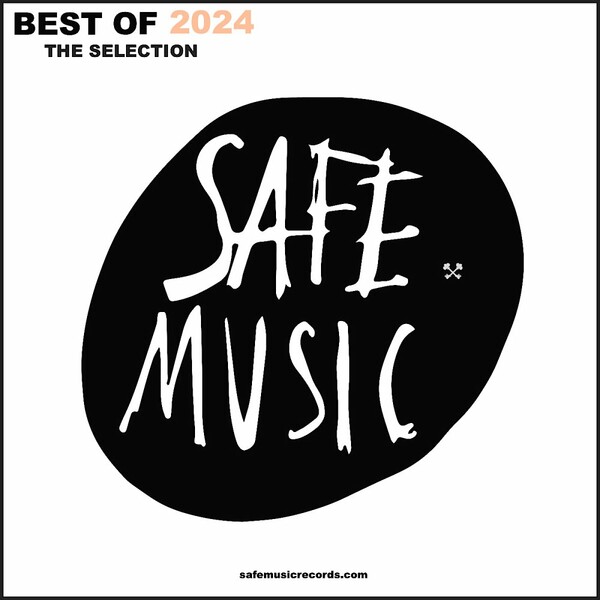
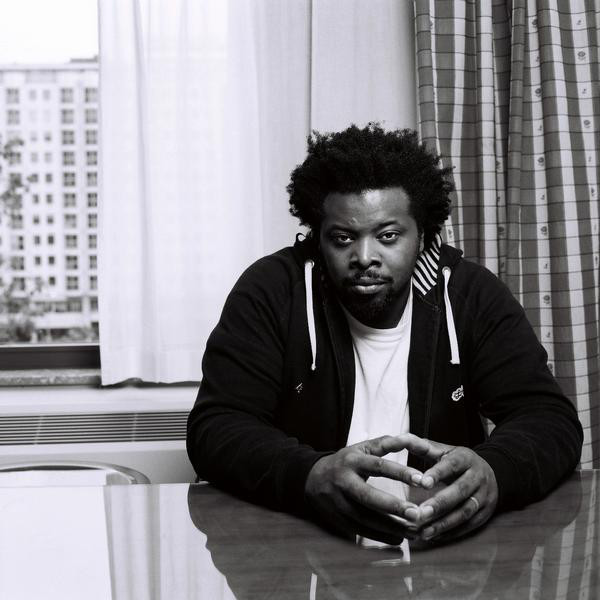

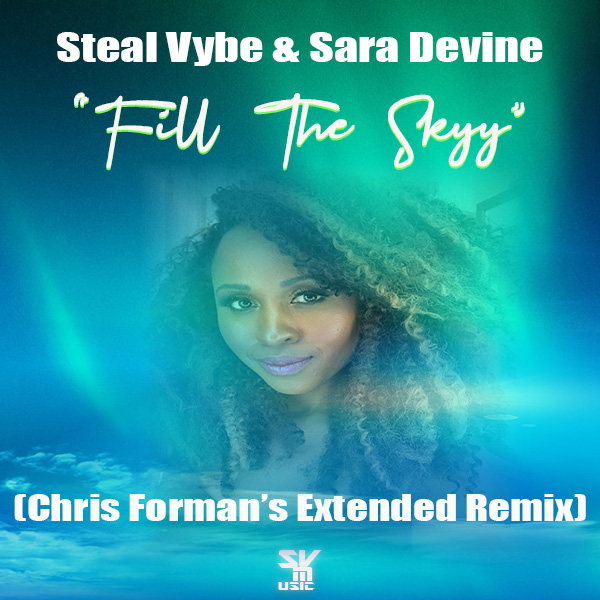

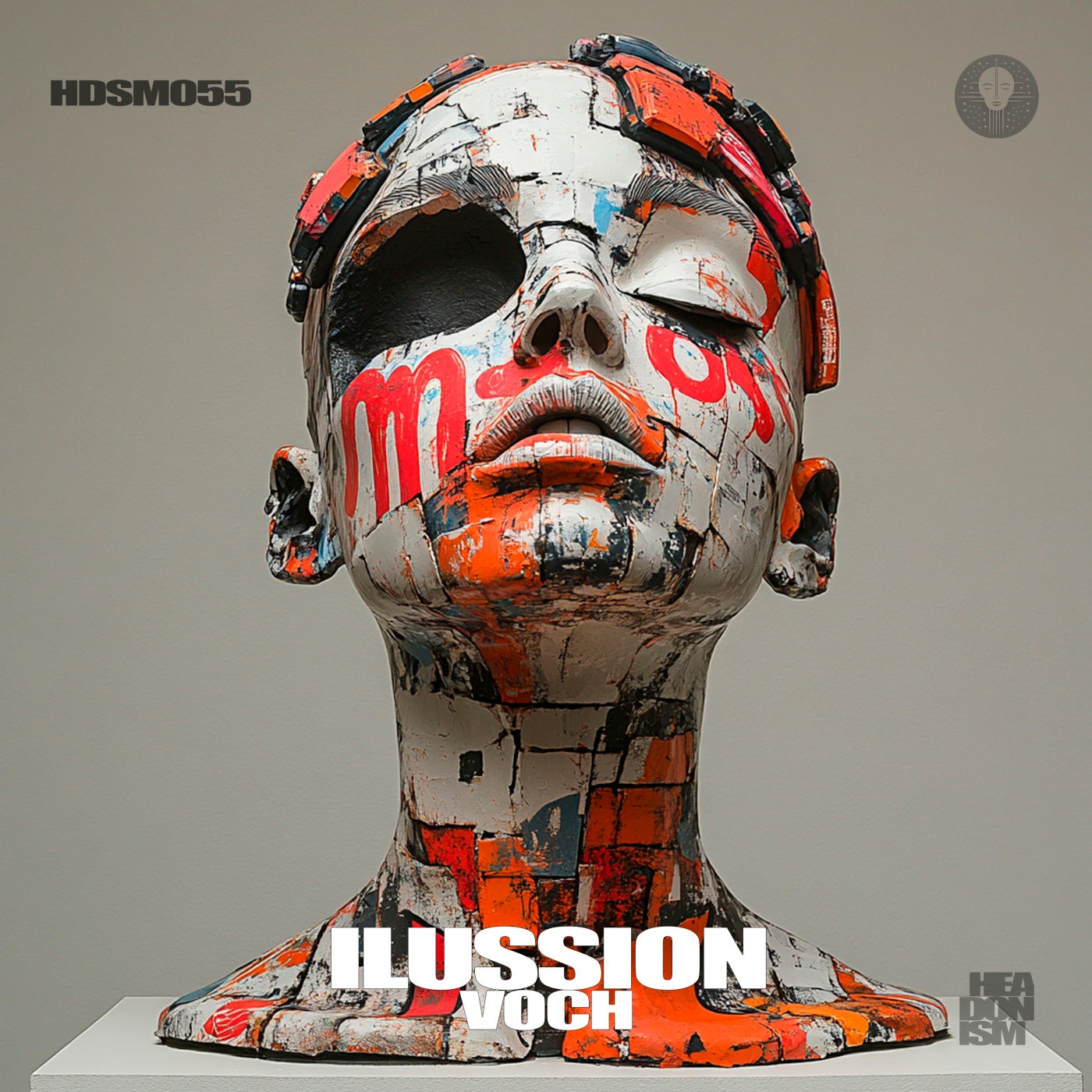

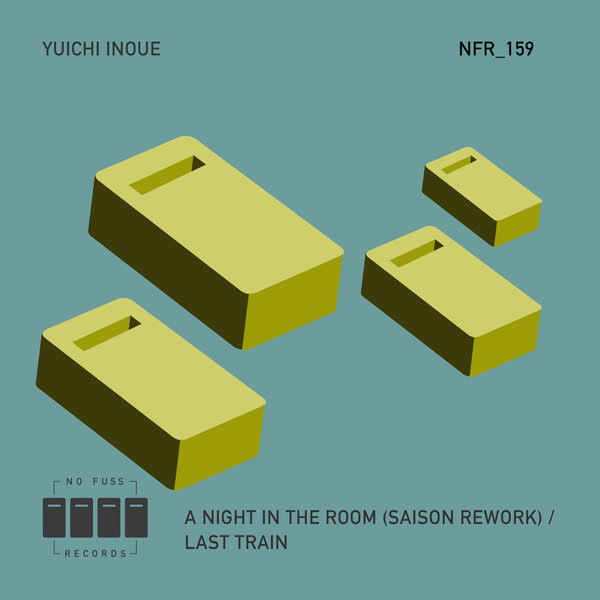



 English (US) ·
English (US) ·